Junkyard Find: 1990 Volvo 240 DL Wagon With 393,888 Miles

Because Volvo made the 200 Series cars well into the 1990s, they were pretty reliable, and 240 owners tend to stick with their cars for decades. I still see plenty of Swedish bricks in the self-service car graveyards I frequent.
In fact, I walk by a dozen or two discarded 240s for each one I shoot, but I appreciate good manual-transmission wagons and high-mile veteran vehicles and this ’90 checks both boxes.
I see junked Civics and Camrys with this sort of odometer reading all the time, and I’ll bet most of the end-of-the-line Amazons and 140s I see have accrued interstellar mileage figures that don’t show on their five-digit odometers. Most of the forcibly-retired 240s I see have around 200,000 total miles, so this one was exceptionally well-cared-for.
The seat upholstery looks good for a 29-year-old car in a harsh climate.
Most American Volvo buyers opted for the automatic transmission by the early 1990s, but the original buyer of this car wanted a four-on-the-floor rig. Maybe that decision came about because three-pedal cars are more fun, but the 240-wagon-buying demographic tended to be more about the fuel-efficiency and practicality benefits of the manual transmission.
Which isn’t to say that these cars didn’t have their frivolous side. Check out that air-conditioning! Stern, frugal Swedes might disapprove, but it doesn’t get very hot in Scandinavia.
The stickers on the rear glass come right out of Volvo Wagon Central Casting, of course.
To be fair, I do see some 245s with NRA or Gadsden Flag stickers here, but not many.
Volvo nitpickers may take issue with my reference to this car as a 245, since Volvo North America dropped the third-digit-in-name-indicates-number-of-doors naming system after 1982, but at least I called it the correct name in the headline. The DL was the cheapest trim level in 1990.
Power came from this 2.3-liter SOHC straight-four, rated at 114 horsepower. Curb weight on the wagon came to just a few cans of Surströmming over 3,000 pounds (the 240s always looked heavier than they really were, thanks to the brick shape), so acceleration with the base engine wasn’t so bad.
Safe from even runaway pianos!
If you like these Junkyard Find posts, you’ll be happy that links to 1,800+ more of them may be found at the Junkyard Home of the Murilee Martin Lifestyle Brand™.

Murilee Martin is the pen name of Phil Greden, a writer who has lived in Minnesota, California, Georgia and (now) Colorado. He has toiled at copywriting, technical writing, junkmail writing, fiction writing and now automotive writing. He has owned many terrible vehicles and some good ones. He spends a great deal of time in self-service junkyards. These days, he writes for publications including Autoweek, Autoblog, Hagerty, The Truth About Cars and Capital One.
More by Murilee Martin
Latest Car Reviews
Read moreLatest Product Reviews
Read moreRecent Comments
- Lorenzo This car would have sold better if there was a kit to put fiberglass toast slices on the roof.
- Lorenzo The Malibu is close to what the 1955 Bel Air was, but 6 inches shorter in height, and 3 inches shorter in wheelbase, the former making it much more difficult to get into or out of. Grandma has to sit in front (groan) and she'll still have trouble getting in and out.The '55s had long options lists, but didn't include a 91 cubic inch four with a turbo, or a continuously variable transmission. Metal and decent fabric were replaced by cheap plastic too. The 1955 price was $1765 base, or $20,600 adjusted for inflation, but could be optioned up to $3,000 +/-, or $36,000, so in the same ballpark.The fuel economy, handling, and reliability are improved, but that's about it. Other than the fact that it means one fewer sedan available, there's no reason to be sorry it's being discontinued. Put the 1955 body on it and it'll sell like hotcakes, though.
- Calrson Fan We are already seeing multiple manufacturers steering away from EVs to Hybrids & PHEVs. Suspect the market will follow. Battery tech isn't anywhere close to where it needs to be for EV's to replace ICE's. Neither is the electrical grid or charging infrastructure. PHEV's still have the drawback that if you can't charge at home your not a potential customer. I've heard stories of people with Volts that never charge them but that's a unique kind of stupidity. If you can't or don't want to charge your PHEV then just get a hybrid.
- AZFelix The last time I missed the Malibu was when one swerved into my lane and I had to brake hard to avoid a collision. 1 out of 5⭐️. Do not recommend.
- 2ACL I won't miss it; it was decent at launch, but in addition to the bad packaging, GM did little to keep it relevant in the segment. I'd prefer that another domestic automaker doesn't just give up on the mainstream sedan, but unlike some of Ford's swan songs, the Malibu made an indifferent case for why they should live.




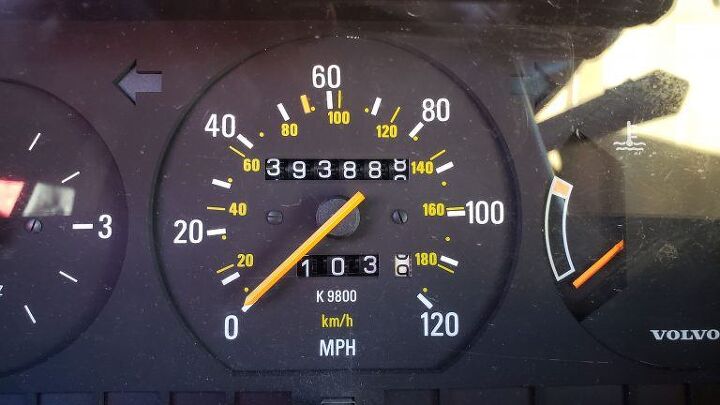


























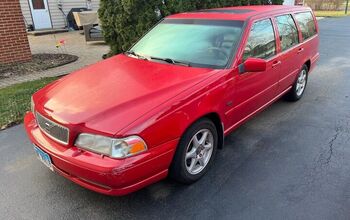





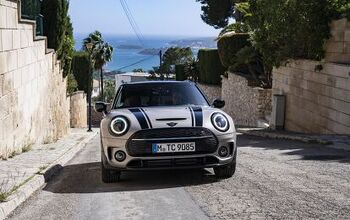
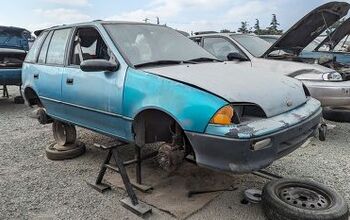
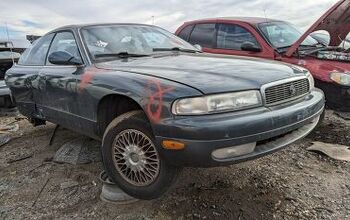

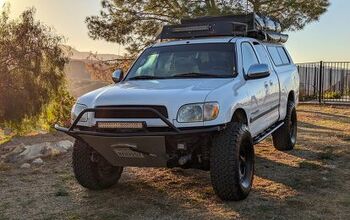
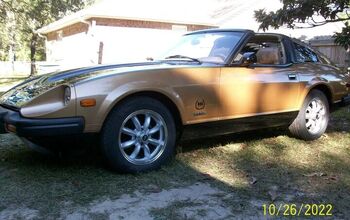

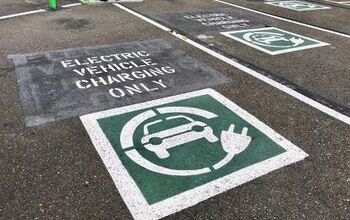
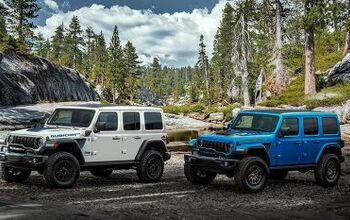
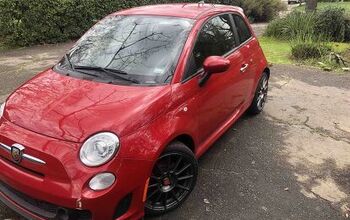
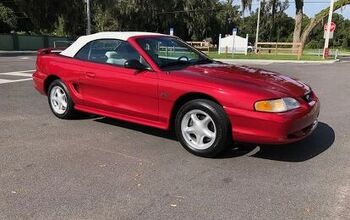
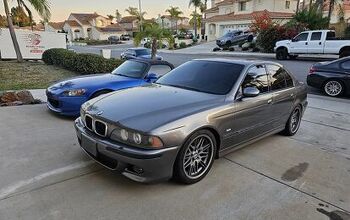
Comments
Join the conversation
Most are familiar with the terms, socialism, capitalism, communism. There is also Volvo-ism. If you are really into it you can be a Volvo-ista. Soon there will be a wiki page.
I remember going to some wretched dance bar as a 30-something male. I actually had decent clothing on. I approached a female of extreme beauty with whom I was somewhat familiar and attempted to make small talk. At this time her younger brother appeared, met me, and then went off, he said, "in search of some vulva". I stated that my brother once had a Saab, at which the woman smiled broadly. Check but no checkmate.